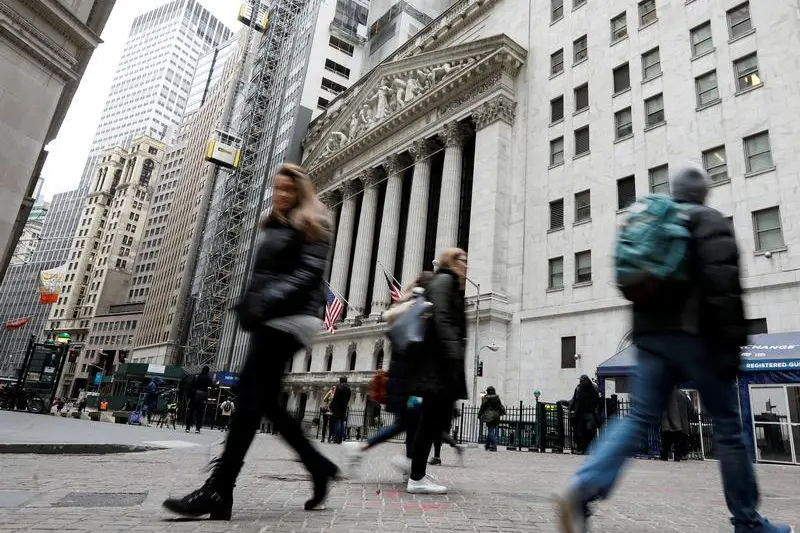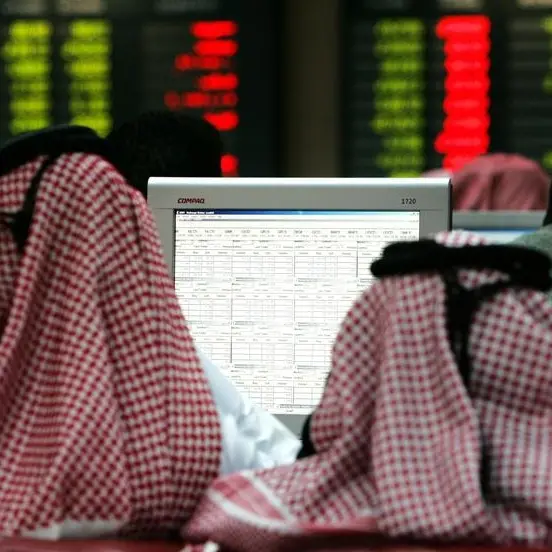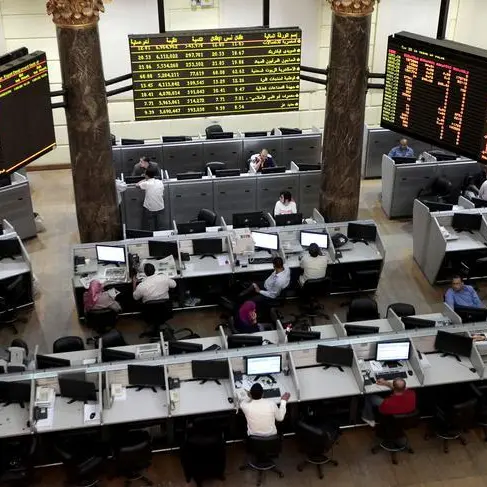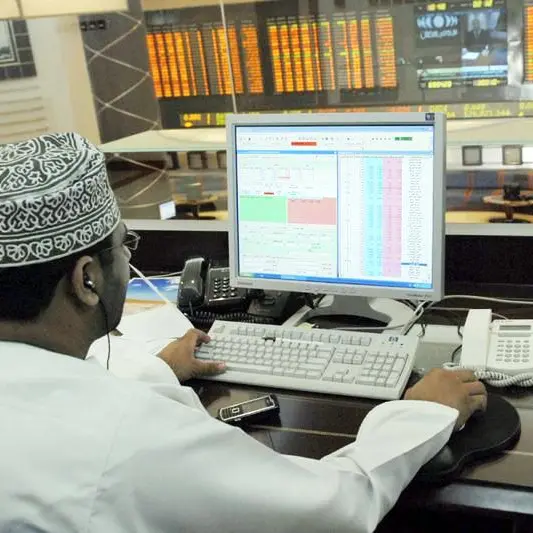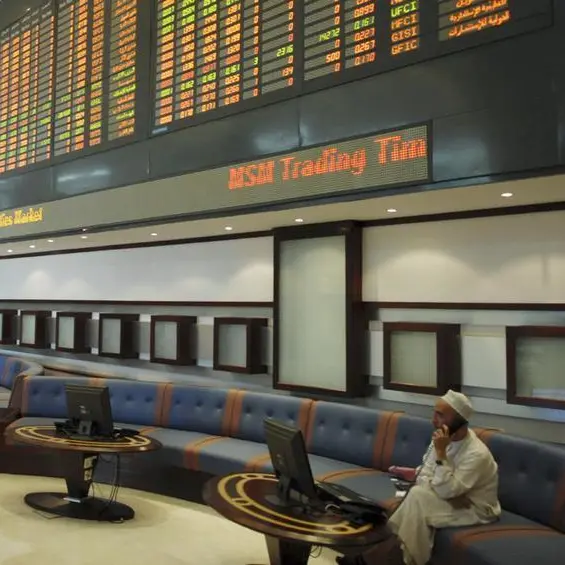PHOTO
Government bond yields rose and shares dipped a touch on Tuesday, as markets reduced their bets on central bank rate cuts coming as soon as March, and oil bounced back from sharp declines the previous day.
The 10-year benchmark U.S. Treasury yield was up four basis points (bps) at 4.04% and sharply above a five-month low of 3.783% hit on Dec. 27.
Germany's 10-year bund yield likewise was up 4 bps at 2.19%, having nudged below 1.9% between Christmas and New Year.
This year's jump in benchmark U.S. yield is less dramatic in the context of its fall from just over 5% in October 2023, however.
"A few things have come together in the past couple of weeks: We'd moved too far and even without anything we would have seen a correction after the rally, and then activity data has on balance been a bit stronger and employment data, especially U.S. nonfarm payrolls have been decent," said Peter Schaffrik, global macro strategist at RBC Capital Markets.
A wave of bond supply
is also weighing on the market, Schaffrik added.
Euro area unemployment data
released Tuesday came in below expectations and last week U.S. data showed
employers hired more workers than expected
in December.
That has caused traders to slightly push back expectations of near imminent rate cuts that had built late in 2023. Current market pricing reflects a 58% chance of a rate cut at the Federal Reserve's March meeting, down from more than 80% late last year, according to CME's Fedwatch tool.
December's U.S Consumer Price Index (CPI) reading, due Thursday, will likely be the main factor this week in further guiding such expectations.
Share markets also eased on Tuesday and Europe's broad SXTOOXX 600 index shed 0.5%, drifting off a near two-year high hit at the start of January.
U.S. S&P 500 futures lost 0.45% and Nasdaq futures shed 0.6%, pointing to a lower open for U.S. stocks which rose on Monday driven by giant chipmaker Nvidia which posted a record high close after unveiling new desktop graphics processors taking advantage of artificial intelligence.
Subsequent gains in Japanese chipmakers helped the country's Nikkei 225 benchmark to a new 33-year high on Tuesday.
Eyes in Europe were on London-listed
fund manager Jupiter
which fell 15%, the biggest decliner on the FTSE350 index of large and mid-cap stocks, after it flagged net outflows of 2.2 billion pounds ($2.8 billion) for 2023 and the departure of a star manager.
Shares in Grifols plunged more than 40% on Tuesday after hedge fund Gotham City Research questioned its accounting practices. The Spanish drug company categorically denied the allegations.
EYES ON OIL
Oil managed to find its feet on Tuesday with both Brent crude and U.S. crude futures up more than 2.5% at $78.13 a barrel and $72.69 respectively.
They had fallen more than 3% and 4% on
sharp price cuts
by top exporter Saudi Arabia and a rise in OPEC output, with European wholesale gas prices also down around their lowest level since last summer.
Spot gold was 0.3% higher at $2033.8 an ounce.
Currency markets were fairly quiet with the dollar index up a touch at 102.37 - nearly 1% higher year to date, partly thanks to gains on the Japanese yen which was last at 143.8 per dollar.
The euro was last at $1.0934, a touch weaker on the day and down 0.9% year to date.
"We had started the year thinking that a backup in short-term rates could give the dollar a little support – though in fact, dollar gains have been very modest," Chris Turner, global head of markets at ING, said in a morning note.
"Behind that may well be the conviction view that the Federal Reserve will cut rates this year and that, unless something has broken somewhere, increasing long dollar positions would now be a counter-trend trade."
(Reporting by Scott Murdoch in Sydney. Editing by Gerry Doyle, Shri Navaratnam, Sharon Singleton and Andrew Heavens)
